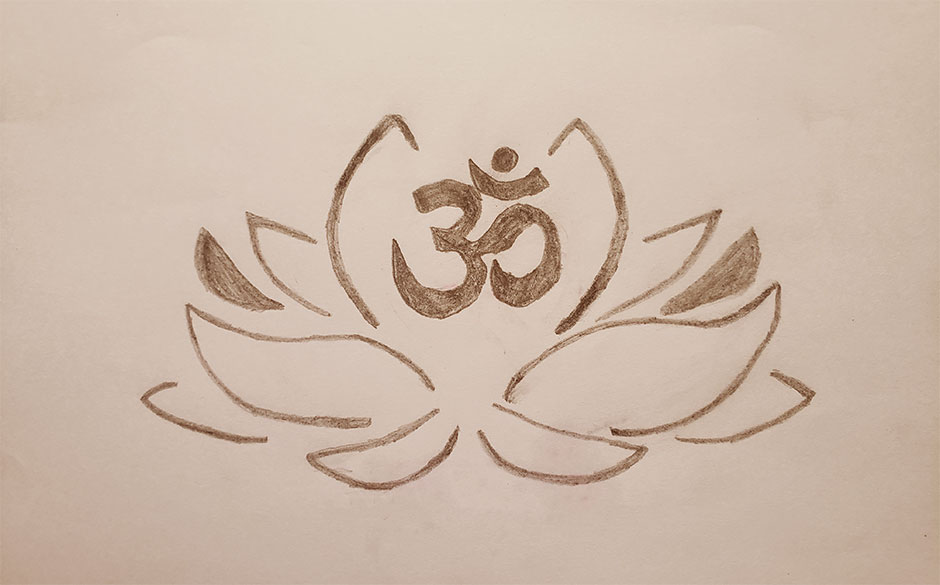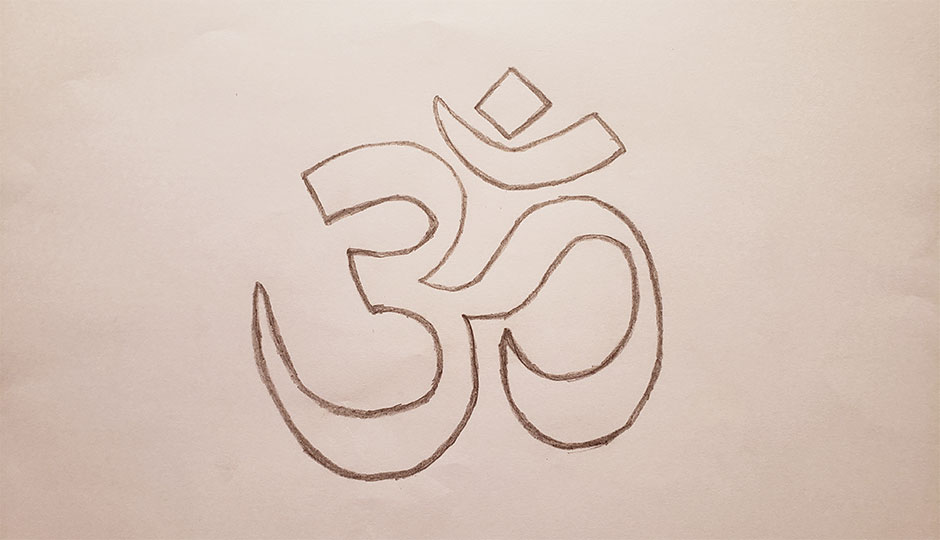Om Symbol Meaning and Spiritual Significance in Buddhism & Meditation
Last Updated: March 14, 2025
Tweet
The Om symbol, also spelled as Aum, is a sacred syllable deeply embedded in Hindu, Buddhist, and yogic traditions. It stands for the universal essence of reality and represents the sound of creation. The syllable consists of three letters: A, U, and M, each signifying different aspects of the divine and states of consciousness.
Please click here to get the complete details on available programs, activities , accommodation, cost, visa , vaccination, airport arrival and the rest of it.
Get More Info Now »
The Sacred Syllable in Various Religions
Hinduism: Represents the essence of the ultimate reality, consciousness, or Atman.
Buddhism: Used as a mantra in meditation, symbolizing the path to enlightenment.
Jainism: Signifies the perfect nature of the soul.
The Origin and Structure of Om
Om's roots are found in the ancient Indian Vedas, religious texts dating back thousands of years. It is mentioned in the Upanishads and is considered the primordial sound from which the universe was created.
The Letters A, U, and M
A (Vishnu): Represents the waking state.
U (Shiva): Signifies the dream state.
M (Brahma): Corresponds to the state of deep sleep.
The Fourth State: Silence
This state follows the vocalization of Om and symbolizes the transcendental consciousness.
Om in Meditation and Yoga
Om is chanted at the beginning and end of yoga sessions to harmonize the body, mind, and spirit. It is believed that the vibrations from chanting Om can awaken the awareness necessary for meditation.
To summarize the significance of Om in meditation and yoga:
- The full scope of Om or Aum is less explainable and more tangible.
- Om penetrates the body, soul, and subconscious.
- When sounded in the right pitch and Hertz number, Om fills the body, mind, and space with spirituality.
- Om fully develops its cleansing effect.
- Can be incorporated into silent meditation; when thought, imagined, and manifested, Om has an equally great effect.
- Om can be used at the end of yoga or mantra meditation.
- Meditating with Om increases mental and physical creative power.
- Om protects the mind from delusion.
Please click here to get the complete details on available programs, activities , accommodation, cost, visa , vaccination, airport arrival and the rest of it.
Get More Info Now »
Physical and Mental Benefits

Physical: Positive impact on heart and hormonal functions.
Mental: Enhances mental clarity and inner peace.
The Symbolism and Usage of the Om Sign
The Om sign is not just a sound but a visual icon found in various cultural contexts. It is depicted in the Devanagari script and used as a spiritual and decorative element.
Om in Everyday Life
Decorative Items: Wall hangings, tapestries, jewelry.
Spiritual Practices: Tattoos, pendants for protection and positivity.
Om in Cultural and Religious Artifacts
Hindu Deities: Often depicted with the Om symbol on their bodies.
Temples and Sacred Spaces: Om is painted or carved on walls and objects.
The Spiritual Significance of Om in Daily Practice
Chanting or meditating with Om can lead to profound spiritual experiences. It helps in aligning the practitioner with the universal consciousness and achieving a state of harmony.
The Healing Power of Om
Cleansing Effect: Purifies the mind and body.
Protective Energy: Strengthens the aura and offers protection from negative influences.
Overview of Om Symbol:
Aspect |
Details |
|---|---|
Definition |
Om is a sacred syllable, often spelled as Aum, representing the universal whole and considered the basis of every single following sound. |
Origin |
Consists of three letters A, U, and M, characteristic of the three Vedas (religious texts of Hinduism). |
Symbolism |
- A: Vishnu or waking state - U: Shiva or dreaming state - M: Brahma or deep sleep state - Fourth part: Silence |
Meaning |
Expresses "Everything that has been, that is and that will still be," standing for the past, present, and future simultaneously. Considered the primal sound of creation in Hinduism. |
Use in Yoga & Meditation |
Often said before and after yoga to create harmony for body, mind, and soul. Used as a mantra to help become aware of one's mind and arrive in the moment. |
Om Sign |
Represents pure positive energy and the cosmic note or sacred primal sound. |
Spiritual Knowledge |
Highest idea of God, formless Brahman. Contains both spiritual and material worlds. Chanted in Hatha Yoga to center and harmonize. |
Other Names |
- Omkara: The syllable OM - Pranava: The primal energy |
Singing Bowls |
Om sound can be heard as a sound in Om singing bowls, recharging the listener. |
Historical Context |
Om describes the universal whole, symbolizing the essence of all existence. Used in mantras, such as “Om mani padme hum,” which is the universal mantra of love and compassion. |
Sanskrit Language |
Originates from ancient Indian varieties. Over 3,500 years old and one of the 22 national languages recognized in India. |
Symbol Appearance |
Written in Devanagari script as ॐ. Used as a mantric syllable with its own symbol. |
Pitch and Sound |
Sound of 136.10 Hz in the pitch CIS, used in traditional temple music and many bells. Represents the transcendent primordial sound. |
Cultural Influence |
Gained fame and popularity beyond its original origins. Used as tattoos, jewelry, and decorative items. |
Home Decor |
Symbolizes divine principle, Brahman or world soul. Decorations promote spirituality, inner peace, and positive energy in the room. |
Meditative Practice |
Used to immerse in and unite with the Absolute. Enhances mental and physical creative power and protects the mind from delusion. |
Effect of Om |
Has a cleansing effect, great protective effect, strengthens the aura, positive effects on the heart and hormone production, represents happiness, success, mental strength, and power. |
Decorative Advantages |
Strengthens positive energy flow in the room, resulting in relaxation and peace. Helps in reducing stress. |
FAQs
What does Om mean in meditation?
Om represents the sound of the universe and is used to align the body, mind, and spirit during meditation.
How is Om used in yoga?
In yoga, Om is chanted to center the practitioner and to harmonize the practice from beginning to end.
Why is Om considered a sacred syllable?
Om is seen as the primal sound from which the universe emerged, making it a fundamental symbol in many spiritual traditions.
Can anyone chant Om?
Yes, Om can be chanted by anyone regardless of their spiritual background, as it is a universal symbol of peace and unity.
Conclusion
We hope this information about Om was helpful for you to understand about OM. To delve deeper into the spiritual practice and benefits of meditation, find the right information and resources today. Embrace the transformative power of Om and begin your journey towards inner peace and enlightenment. Find Meditation.
```html ```Please click here to get the complete details on available programs, activities , accommodation, cost, visa , vaccination, airport arrival and the rest of it.
Get More Info Now »


